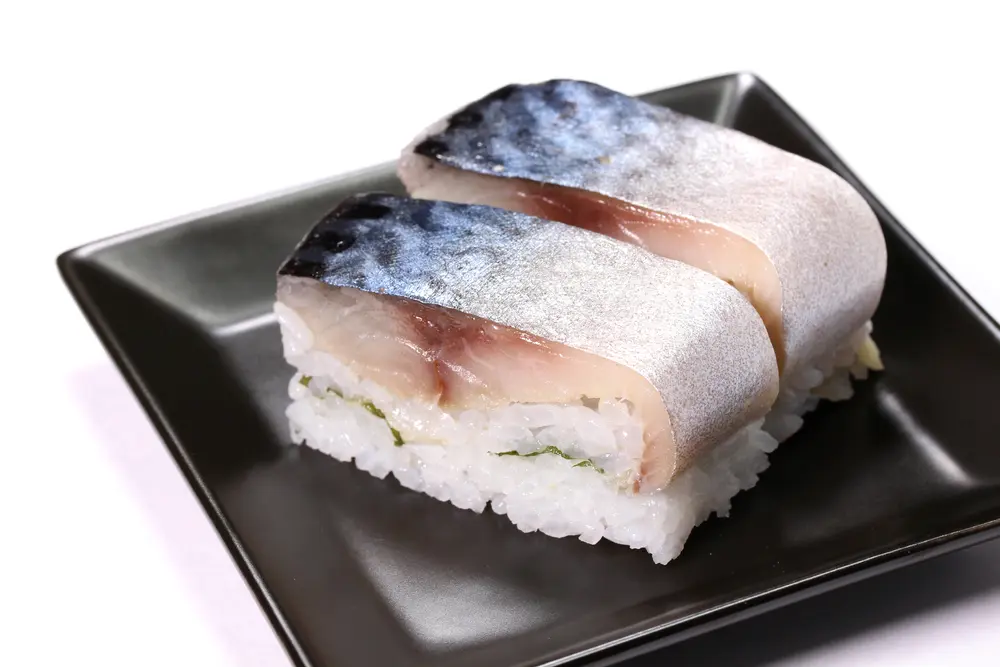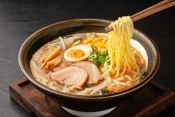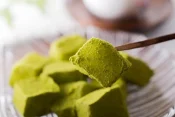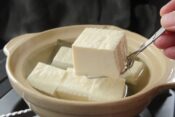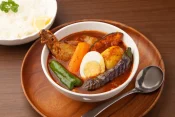Kyoto’s Saba Zushi(Saba Sushi): A Unique Culinary Tradition That Will Tantalize Your Taste Buds
Kyoto, Japan’s ancient capital, is a treasure trove of cultural experiences, from serene temples and traditional gardens to exquisite cuisine. While many visitors flock to Kyoto for its matcha desserts and kaiseki dining, there’s a hidden gem that often gets overlooked: saba zushi, or mackerel sushi. This unique culinary tradition offers a delightful blend of flavors and textures that will leave you craving more.
What is Saba Sushi?

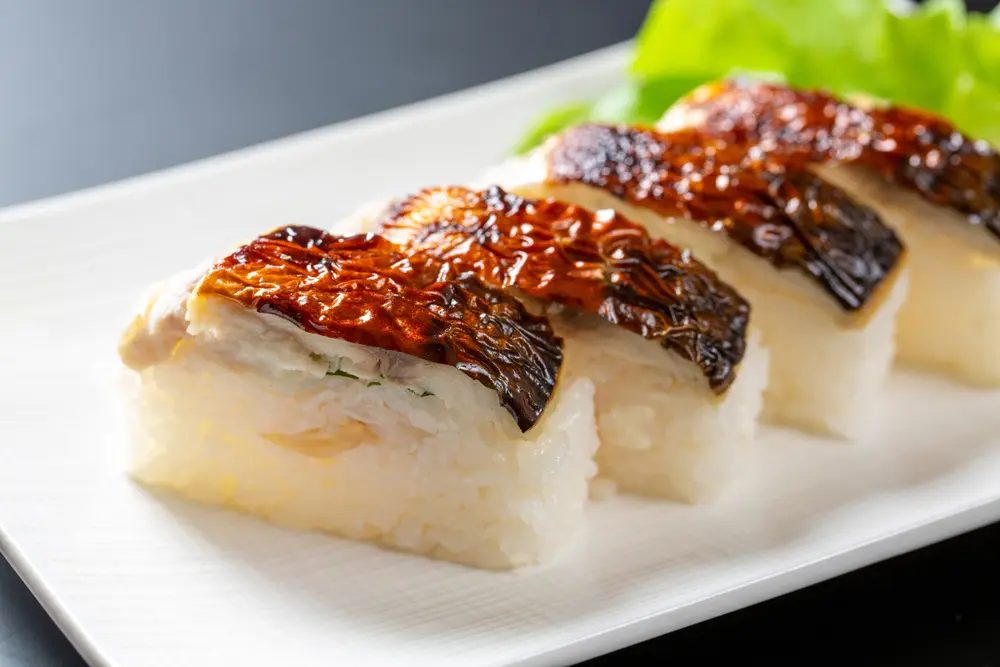
Saba sushi is a type of pressed sushi (oshizushi) that features cured mackerel as its star ingredient. Unlike nigiri sushi, where individual pieces of fish are placed on top of vinegared rice, saba sushi involves layering the rice and mackerel in a wooden mold (oshibako) and pressing them together. This creates a compact and visually appealing sushi that’s perfect for on-the-go snacking or a light meal.
The preparation of saba sushi is a meticulous process that involves several key steps.
- Curing: The mackerel is first cured in salt and kombu (kelp) for several hours, which enhances its flavor and texture.
- Layering: The cured mackerel is then placed on a bed of vinegared sushi rice in the oshibako.
- Pressing: The sushi is pressed firmly in the mold to create a compact block.
- Cutting: The pressed sushi is then carefully cut into bite-sized pieces, revealing the beautiful layers of mackerel and rice.
Why Saba Sushi is a Must-Try in Kyoto
Saba sushi is not only delicious but also deeply rooted in Kyoto’s culture and history. It is believed that saba sushi originated in the Edo period (1603-1868) as a way to preserve mackerel, a fish that was abundant in the nearby Sea of Japan. Over time, saba sushi evolved into a regional specialty of Kyoto, often enjoyed during festivals and special occasions.
My first encounter with saba sushi was as a child. My father brought home a box of saba sushi one day, and I was initially puzzled. “Why did he buy mackerel sushi instead of regular sushi?” I wondered. But one bite was all it took to change my mind. The rich, savory flavor of the kombu-cured mackerel, combined with the slightly tangy sushi rice, was an absolute revelation. It’s a taste that I’ve never forgotten.
Where to Find the Best Saba Sushi in Kyoto
Kyoto boasts a number of establishments that specialize in saba sushi, each with its unique take on this classic dish. Here are a few recommendations:
1.Izuju

This Michelin-starred restaurant is renowned for its exquisite saba sushi, which features perfectly balanced flavors and impeccable presentation.
2.Izuu
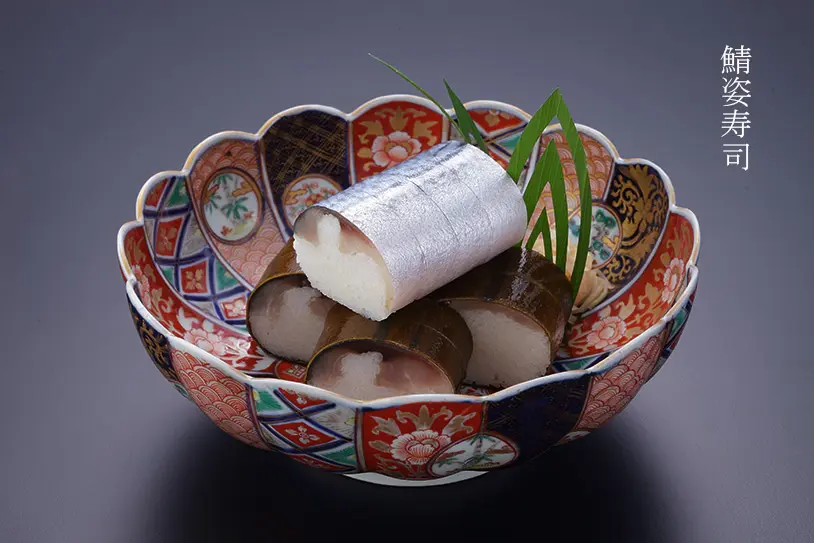
This popular sushi restaurant offers a more casual setting to enjoy saba sushi alongside other sushi and sashimi dishes.
When choosing saba sushi, look for fresh, vibrant mackerel that has been cured to perfection. The rice should be well-seasoned and slightly firm, and the kombu should be tender and flavorful.
Saba Sushi Tasting Tips
Saba sushi is best enjoyed at room temperature, allowing the flavors to fully develop. Here are a few tips for maximizing your saba sushi experience:
- Start with a small piece: Saba sushi can be quite rich, so start with a small piece and savor the flavors.
- Use soy sauce sparingly: The mackerel is already flavorful, so you may not need much soy sauce.
- Try it with ginger: A small piece of pickled ginger can help to cleanse your palate between bites.
- Pair it with green tea: The bitterness of green tea complements the richness of saba sushi perfectly.
Conclusion
Kyoto’s saba sushi is a testament to the city’s rich culinary heritage and its deep appreciation for simple yet exquisite flavors. Whether you’re a sushi aficionado or a curious foodie, I highly recommend trying saba sushi on your next visit to Kyoto. It’s a culinary adventure that you won’t soon forget.
Reviews from Visitors
There are no reviews yet. Be the first one to write one.
